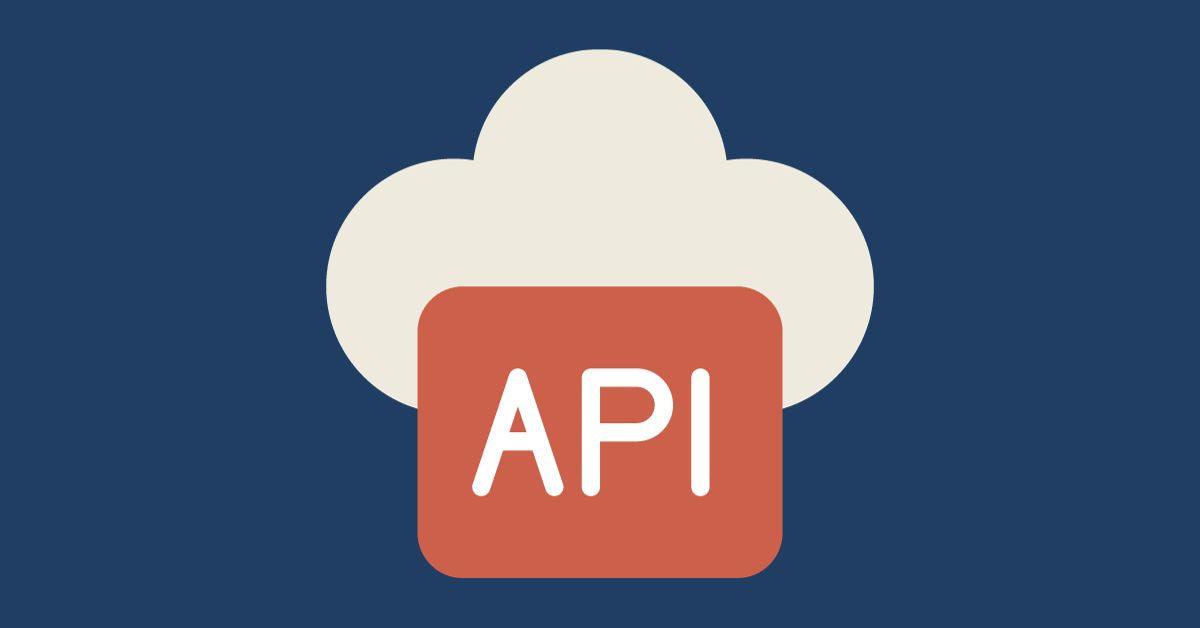In the fast-paced world of technology, where applications are the backbone of our digital experiences, the evolution of API monitoring has been nothing short of remarkable. API monitoring has come a long way from its early days as an essential error-detection tool to its current role as a proactive guardian of application performance.
This article strolls the evolution of API monitoring, explores current trends, and peers into the crystal ball to envision future developments in this critical aspect of modern software development.
The Early Days:
API monitoring was humble, focusing on error detection and basic performance metrics. In the early stages, developers relied on manual methods or rudimentary tools to track the functionality of APIs, ensuring they communicated effectively and didn’t break during data exchange. As applications grew in complexity and user expectations soared, the need for more sophisticated API monitoring solutions became apparent.
1. Shift to Real-Time Monitoring:
One significant evolution in API monitoring was the shift towards real-time monitoring. Instead of periodic checks, monitoring tools provided continuous insights into API interactions. This change allowed for the swift detection of issues as they occurred, minimizing downtime and enhancing the overall reliability of applications.
2. Expansion Beyond Error Detection:
Early API monitoring primarily focused on detecting errors in API responses. However, as applications became more intricate, monitoring evolved to encompass a broader range of performance metrics. Tools started tracking response times, latency, and throughput, providing a more comprehensive view of an API’s health.
Current Trends in API Monitoring:
The evolution of API monitoring continues, and several trends are shaping its current landscape. These trends reflect the growing complexity of applications, the need for real-time insights, and monitoring integration into various stages of the development lifecycle.
1. Integration with DevOps and CI/CD:
Integrating API monitoring into DevOps practices and CI/CD pipelines has become a prevailing trend. Monitoring tools play a crucial role in today’s agile development environment, where continuous integration and continuous deployment are standard practices. By seamlessly integrating with these workflows, API monitoring ensures that changes made to the codebase don’t negatively impact API functionality, allowing for rapid and confident releases.
2. Microservices Monitoring:
The rise of microservices architecture has led to an increased focus on monitoring individual services and their interactions through APIs. API monitoring tools have adapted to this shift, providing insights into the performance of microservices and ensuring seamless communication between various components. As applications become more modular, the ability to monitor each microservice’s contribution to the overall system performance becomes indispensable.
3. Machine Learning and Predictive Analytics:
Machine learning and predictive analytics are cutting-edge trends in API monitoring. Advanced monitoring tools leverage machine learning algorithms to analyze historical data and predict potential issues before they occur. By identifying patterns and anomalies in API behavior, these tools enable proactive measures, contributing to improved application stability and performance.
4. Security-focused Monitoring:
Security concerns are paramount in today’s digital landscape. API monitoring has evolved to include security-focused features, such as anomaly detection for unusual patterns in API traffic. This trend aligns with the increasing emphasis on cybersecurity, ensuring that monitoring tools track performance and contribute to the overall security posture of applications.
5. Cloud-Native Monitoring Solutions:
With the widespread adoption of cloud computing, API monitoring solutions have evolved to be cloud-native. These solutions are designed to integrate with cloud environments, providing scalability and flexibility seamlessly. Cloud-native monitoring enables organizations to monitor APIs in dynamic and distributed cloud architectures, catering to the demands of modern cloud-based applications.
Future Developments in API Monitoring:
Looking ahead, several exciting developments are anticipated in the realm of API monitoring. These developments are poised to address emerging challenges, further enhance the capabilities of monitoring tools, and align with the evolving landscape of software development.
1. Enhanced Automation and Autonomy:
The future of API monitoring is likely to witness increased automation and autonomy. Monitoring tools may become more intelligent, capable of autonomously adapting to changes in application architecture and proactively addressing issues. Automation will be crucial in streamlining monitoring processes, allowing development teams to focus on innovation rather than routine maintenance.
2. Deeper Integration with AIOps:
Integrating API monitoring with Artificial Intelligence for IT Operations (AIOps) is a foreseeable development. AIOps leverages AI and machine learning to enhance IT operations, and by integrating with API monitoring, it can provide more holistic insights into the overall health and performance of applications. This deeper integration aims to create a more intelligent and adaptive monitoring ecosystem.
3. Extended Support for GraphQL and WebSockets:
As the use of GraphQL and WebSockets becomes more prevalent in modern applications, API monitoring tools are expected to extend their support for these technologies. Monitoring solutions must adapt to the unique characteristics of GraphQL queries and WebSockets communication to ensure comprehensive coverage and accurate performance insights.
4. Greater Emphasis on User Experience Monitoring:
API monitoring in the future will emphasize user experience monitoring more. Monitoring tools may evolve to track the technical aspects of API performance and measure the impact on the end-user experience. This shift aligns with the user-centric approach of modern software development, where the ultimate goal is to provide users with a seamless and delightful experience.
5. Integration with Observability Platforms:
API monitoring is expected to integrate more closely with observability platforms. This integration will provide a unified view of application performance by combining API monitoring data with metrics, logs, and traces. A comprehensive observability approach will empower development teams with a holistic understanding of application behavior, facilitating quicker issue resolution and continuous improvement.
Conclusion:
In short, The evolution of API monitoring reflects the dynamic nature of software development. API monitoring has traversed a remarkable journey from its humble beginnings as a tool for error detection to its current role as a proactive and integral part of development workflows. Current trends emphasize integration with DevOps, monitoring microservices, and adopting advanced technologies like machine learning. The future promises even more exciting developments, including enhanced automation, deeper integration with AIOps, and a greater focus on user experience monitoring.



